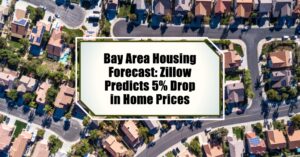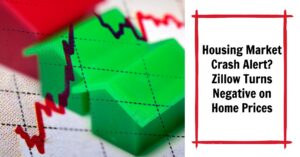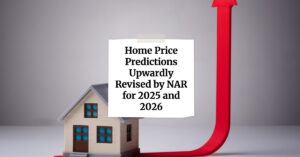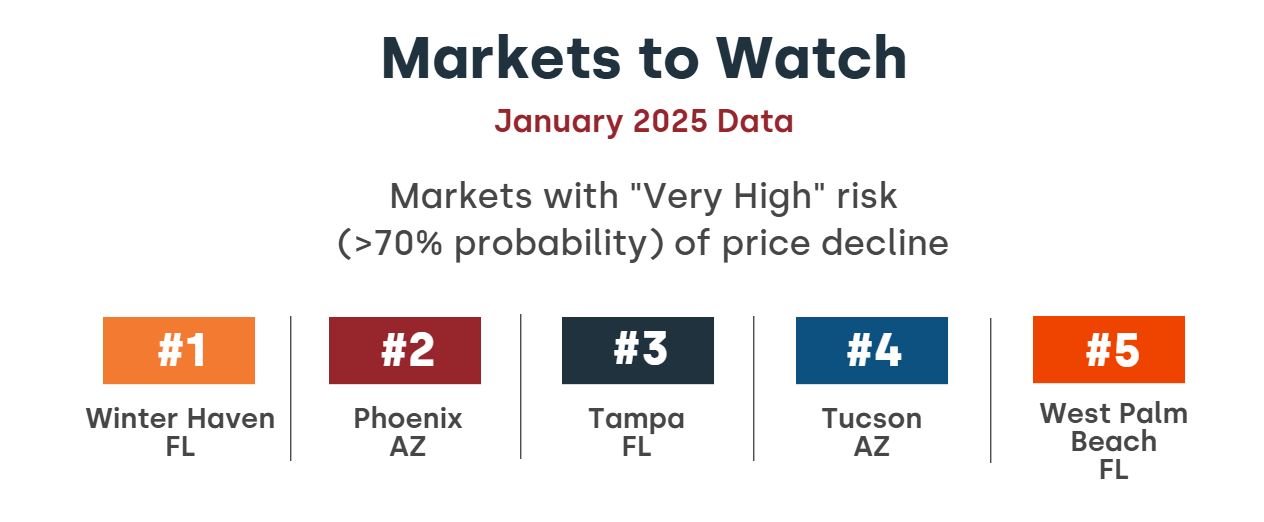So, you're wondering if buying a home in 2025 is like stepping onto thin ice? Are we headed for another housing market crash? Well, the short answer is likely no, a nationwide bubble burst doesn't seem to be looming. But, and this is a big but, that doesn't mean everything's sunshine and roses. The housing market in 2025 is more about an affordability crisis than a classic bubble ready to pop. While some regions might see corrections, the overall picture points towards a stable, albeit expensive, market.
Is the Housing Market on the Brink of a Bubble Burst in 2025?
Why I'm Not Sweating a Nationwide Crash (Yet)
Look, I've been following the housing market for a while now, and I remember the chaos of 2008 all too well. But the situation today is different. Back then, we had shady lending practices, tons of risky mortgages, and overbuilding like crazy. Now? We're facing a severe shortage of homes. That's a crucial difference.
The real issue is that homes are becoming increasingly unaffordable for many people. High prices combined with elevated mortgage rates are squeezing buyers, especially first-timers. This isn't necessarily a sign of a bubble, but it's a serious problem that needs attention.
Digging Into the Data: Where Are We Now?
Let's look at what the numbers are telling us. As of March 2025, the median existing-home price hovers around $396,900. That's up about 4.8% compared to last year, which isn't as crazy as the double-digit increases we saw during the pandemic, but it's still a climb.
Here's a snapshot of the current market:
- Median Home Price: $396,900 (Up 4.8% year-over-year)
- 30-Year Fixed Mortgage Rate: Around 6.51%
- Housing Supply Shortage: Estimated at 2.3 to 6.5 million units
Experts are forecasting continued price growth throughout 2025, but at a slower pace. Fannie Mae predicts a 3.5% rise, while the Mortgage Bankers Association expects a more modest 1.3%. So, the overall vibe is one of moderate growth rather than explosive gains.
It's Not All Sunshine: The Regional Divide
Now, here's where things get interesting. While the national picture is relatively stable, some regions are showing signs of weakness. Think of it like this: the housing market isn't a single entity, but a collection of local markets with their own unique dynamics.
Certain cities that saw massive price increases during the pandemic are now experiencing corrections. Some prime examples are:
- Austin, Texas: Down -23.4% from its 2022 peak
- Phoenix, Arizona: Down -10.1% from its 2022 peak
- Tampa, Florida: Down -3.6% year-over-year
These declines are raising eyebrows and sparking concerns about localized bubbles. On the flip side, cities like New York, Chicago, and Boston are still seeing price increases, driven by strong demand and limited inventory.
This regional divide means that your experience in the housing market will vary greatly depending on where you live. What's happening in Austin is very different from what's happening in Boston, so it's crucial to pay attention to your local market conditions.
Is the South a Bubble Zone?
One area that's particularly raising eyebrows is the Southern region. Some analysts are warning of a potential “massive housing bubble” about to burst in states like Florida, Georgia, Tennessee, and Texas.
The main concern is oversupply. There are currently almost 300,000 new homes for sale in the South, which is the highest level ever, even surpassing the peak of the 2006 bubble. This oversupply, combined with cooling demand, could put downward pressure on prices.
However, it's important to note that other experts believe that these Southern markets are simply normalizing after the rapid growth they experienced during the pandemic. They argue that while inventory may be higher than usual, the region remains attractive to buyers due to its relative affordability.
Key Factors to Consider: More Than Just Numbers
So, what's really driving the market right now? Here are a few key factors to keep in mind:
- Mortgage Rates: These are higher than they've been in years, making it more expensive to buy a home. However, they're still within historical norms.
- Inventory: The severe housing shortage is a major factor supporting prices. There simply aren't enough homes to meet demand.
- Demographics: Millennials and Gen Z are entering the market, driving demand and shaping housing preferences.
- Homeowner Equity: Most homeowners have significant equity in their homes, which provides a cushion against price declines. This is a stark contrast to 2008, when many homeowners were underwater on their mortgages.
- Foreclosure Rates: Foreclosure rates are historically low, indicating that most homeowners are able to keep up with their mortgage payments.
Bubble or Affordability Crisis? My Verdict
After weighing all the evidence, I'm convinced that we're facing an affordability crisis more than a classic bubble. The main problem isn't rampant speculation or risky lending; it's simply that homes are too expensive for many people.
The lack of affordable housing is a long-term issue that needs to be addressed. We need to build more homes, especially those targeted towards first-time buyers and lower-income households.
What This Means for You: Buyers and Sellers
So, what does all this mean for you, whether you're a buyer or a seller?
- Buyers: Don't panic, but be realistic. Don't expect prices to crash, but be prepared to shop around and negotiate. Focus on finding a home you can afford in the long term.
- Sellers: Don't get greedy. The days of easy profits are over. Price your home competitively and be prepared to negotiate.
Looking Ahead: What to Watch For
The housing market is constantly evolving, so it's important to stay informed. Here are a few key things to watch for in the coming months:
- Interest Rate Changes: Keep an eye on the Federal Reserve and their decisions about interest rates. Changes in interest rates can have a big impact on mortgage rates and affordability.
- Inventory Levels: Monitor the number of homes for sale in your local market. An increase in inventory could put downward pressure on prices.
- Economic Growth: The overall health of the economy is crucial. A recession could lead to job losses and a decline in housing demand.
The Bottom Line
While the housing market in 2025 may not be on the verge of a bubble burst, it's still a challenging environment for many people. By understanding the underlying dynamics and staying informed about local market conditions, you can make smart decisions and navigate the market successfully.
Recommended Read:
- 2008 Forecaster Warns: Housing Market Needs This to Survive
- Housing Market Forecast for the Next 2 Years
- Housing Market Predictions for Next 5 Years
- Housing Market Predictions: Will Real Estate Crash?
- Housing Market Predictions: 8 of Next 10 Years Poised for Gains
- Don't Panic Sell: Here's What Current Housing Market Trends Predict
- 2025 Housing Market vs. 2008 Crash: Key Differences
- Economist Predicts Stock Market Crash Worse Than 2008 Crisis
- How Much Did Housing Prices Drop in 2008?













